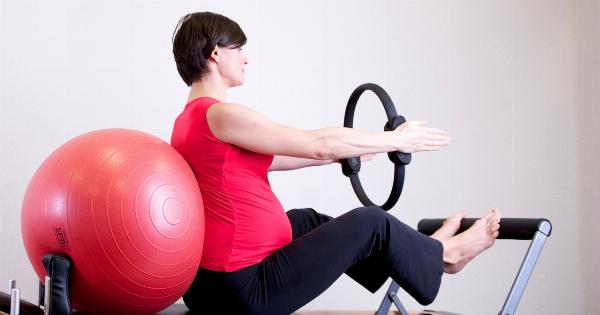Have you ever experienced your fingers turning numb and feeling like ice even when surrounded by a warm environment? It’s an unpleasant and uncomfortable sensation that can happen to anyone regardless of age or gender.
The causes of cold fingers can be numerous and vary from person to person. In this article, we will discuss some of the most common reasons for cold fingers and how to prevent them.
Poor Circulation
Cold fingers are often a sign of poor circulation in the body. Blood carries nutrients and oxygen to the body’s tissues and organs, including the fingers. Reduced blood flow can cause fingers to feel cold, numb, and even painful.
People with poor circulation may also experience tingling sensations in their fingers. Conditions that contribute to poor circulation include smoking, obesity, high blood pressure, diabetes, and heart disease.
Anemia
Anemia is a medical condition where the body doesn’t have enough red blood cells to carry sufficient oxygen to the tissues and organs.
This lack of oxygen can cause cold fingers and toes along with other symptoms like fatigue, dizziness, and shortness of breath. Anemia can be caused by a lack of iron, vitamin B12, or folic acid in the diet. Women who experience heavy menstrual bleeding may develop iron-deficiency anemia.
Hypothyroidism
Hypothyroidism is a condition where the thyroid gland doesn’t produce enough hormones that regulate the body’s metabolism. This condition can cause less blood flow to reach the extremities, which can result in cold fingers and toes.
People with hypothyroidism may also experience weight gain, fatigue, constipation, and depression. Hypothyroidism can be treated with the medication levothyroxine.
Raynaud’s Disease
Raynaud’s disease is a condition where the blood vessels in the fingers become narrow and limit blood flow. This can happen when the body is exposed to cold temperatures or during stress.
People with Raynaud’s may experience cold fingers that turn white or blue along with tingling or pain. In severe cases, the fingers can develop sores or ulcers. Treatment for Raynaud’s includes avoiding triggers like cold temperatures or stress and taking medication to improve blood flow.
Buerger’s Disease
Buerger’s disease is a rare condition that affects the blood vessels in the fingers and toes and can result in coldness, numbness, and tingling. The exact cause of Buerger’s disease is not clear, but smoking is a major risk factor.
Symptoms may also include open sores on the fingers or toes, or gangrene in severe cases. Treatment includes stopping smoking, avoiding triggers, and taking medication to improve blood flow.
Carpal Tunnel Syndrome
Carpal tunnel syndrome is a condition where there is compression of the nerve that passes through the wrist. This can cause pain, numbness, and tingling in the fingers and hand.
People who work with computers or perform repetitive actions with their hands are at risk of developing carpal tunnel syndrome. Treatment includes wearing a wrist splint, avoiding repetitive hand movements, and surgery in severe cases.
Anxiety
Anxiety can cause a wide range of physical symptoms, including cold fingers. Stress and anxiety can cause blood vessels to constrict, limiting blood flow and causing coldness in the fingers and toes.
People with anxiety may also experience other symptoms like sweating, shaking, and heart palpitations. Treatment for anxiety can include therapy, medication, or natural remedies like yoga or meditation.
Poor Diet
A poor diet lacking essential nutrients can contribute to cold fingers. Vitamin B12, folate, and iron are necessary for healthy blood flow and oxygen transport in the body.
A diet that is low in these nutrients can result in anemia or poor circulation, leading to cold fingers. To prevent poor diet-related cold fingers, it’s important to eat a well-balanced diet that includes plenty of fruits, vegetables, lean protein, and healthy fats.
Cold Weather
While cold weather may seem like an obvious cause of cold fingers, it’s worth mentioning that exposure to the cold can cause fingers to feel numb, tingly, and painful.
During cold weather, the body’s blood vessels constrict to retain heat and can limit blood flow to the fingers. Wearing warm gloves, hats, and layers can help to prevent cold weather-related cold fingers.
Conclusion
Cold fingers can be an uncomfortable and unpleasant sensation that can occur for a variety of reasons.
Poor circulation, anemia, hypothyroidism, Raynaud’s disease, Buerger’s disease, carpal tunnel syndrome, anxiety, poor diet, and cold weather are just a few possible causes. To prevent cold fingers, it’s important to maintain a healthy lifestyle, dress appropriately for cold weather, and seek medical attention if necessary.































